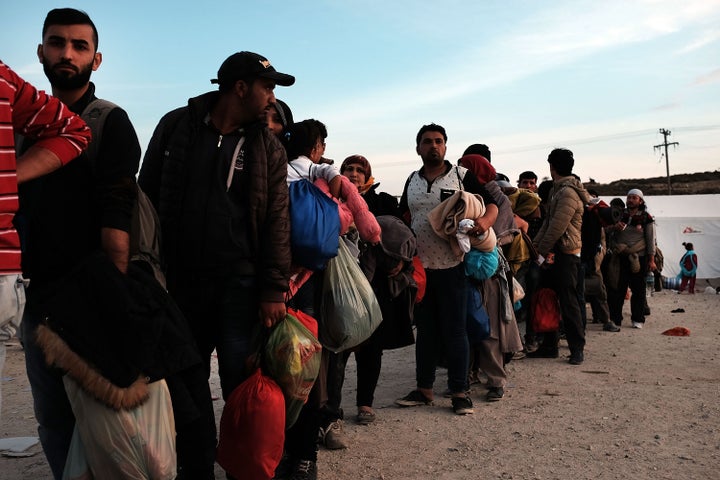
(Reuters) - More complex humanitarian disasters such as the war in Syria and the Ebola epidemic threaten to overwhelm the international community's ability to respond, the head of the leading U.S. aid agency told Reuters in an interview.
Gayle Smith, the administrator of the U.S. Agency for International Development (USAID), described a global humanitarian system stretched to the limit by the number of disasters and a growing funding gap compounded by emergency responses that cost more than traditional relief methods.
"This is not the time to cut resources," Smith said. "Everybody is facing financial trade-offs, but the world has got to ante up at a much higher level than is the case right now."
Smith is set to lead the U.S. delegation to the first U.N. World Humanitarian Summit on Monday and Tuesday in Istanbul, which will include donor countries, U.N. agencies and non-governmental organizations.
Frustrations with humanitarian crises in countries such as Syria and Afghanistan, where hospitals have been bombed, have bubbled into the open, with international relief agency Médecins Sans Frontières announcing it will boycott the gathering.
"The humanitarian system is both stressed and stretched to the limits … by the number and complexity of crises," Smith said. "It has been a relentless drumbeat of very large, most often complex crises, the majority of which are chronic."
The summit "needs to lay down serious markers for a global agenda," she said.
Smith cited a familiar list of crises and disasters that are testing humanitarian relief efforts: Syria's refugee crisis, the largest since World War II; the conflicts in South Sudan, Yemen and Iraq; the effects of the El Niño climate phenomenon in Africa; the Ebola epidemic; and increasingly destructive natural disasters such as Nepal's earthquake last year.
She said the meeting also must address the increasingly hostile work environments relief agencies are facing; make disaster response more efficient; develop new funding sources, and strengthen development programs so poorer countries can respond more quickly to crises.
With the number of disasters growing, the gap between donor funding and estimated needs is also growing, she said.
According to the Financial Tracking Service, which follows global humanitarian aid flows, only 20 percent of the $18.2 billion needed for disasters has been covered.
In January, a U.N. panel estimated the world is spending some $25 billion a year to provide aid to 125 million people, more than 12 times the $2 billion spent in 2000.
The private sector also can provide support, Smith said, noting its larger role in recent years in fighting poverty. While lacking in experience managing disasters, the private sector can contribute funds and logistical assistance as needed, Smith added.
(Reporting by Lesley Wroughton; Editing by John Walcott and Leslie Adler)

